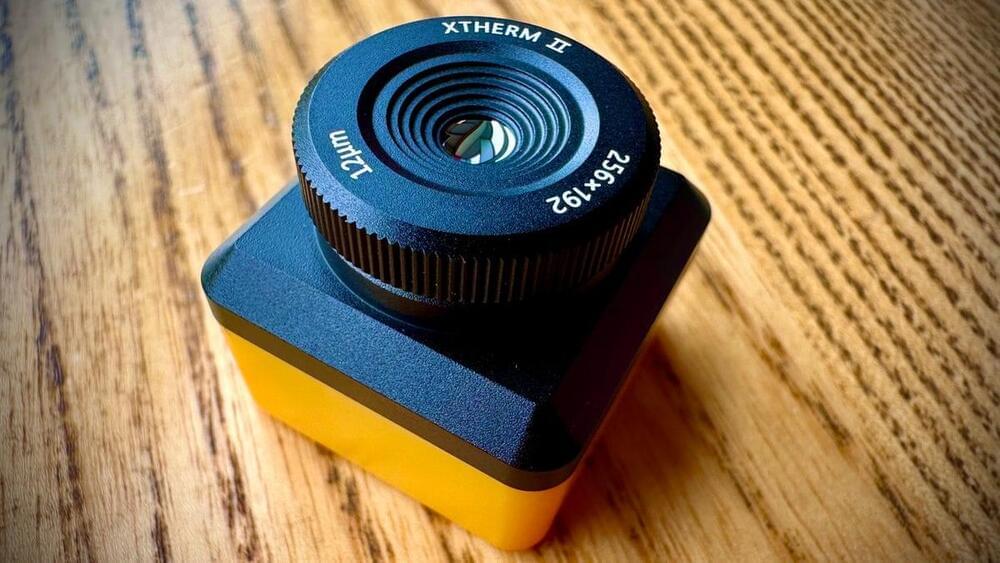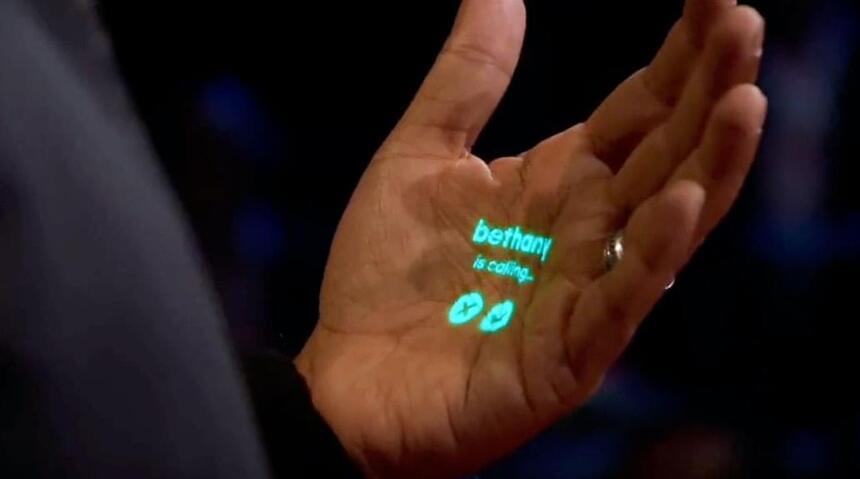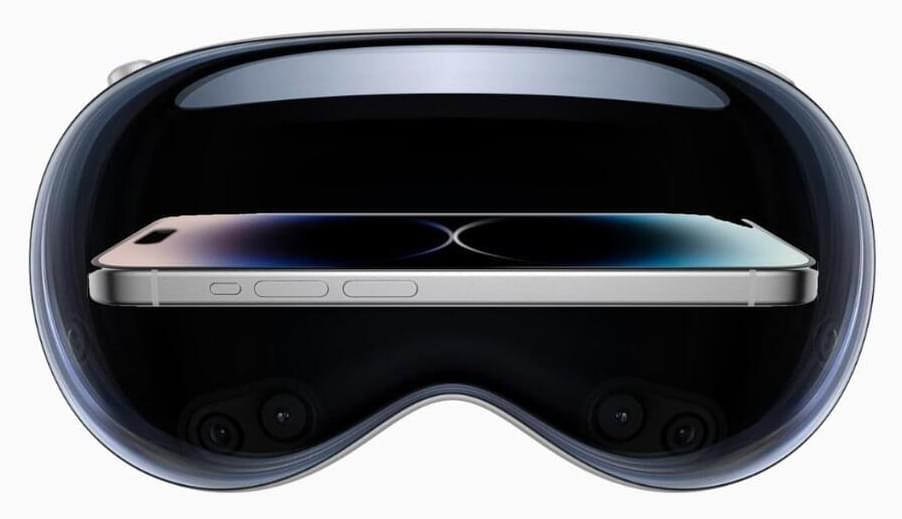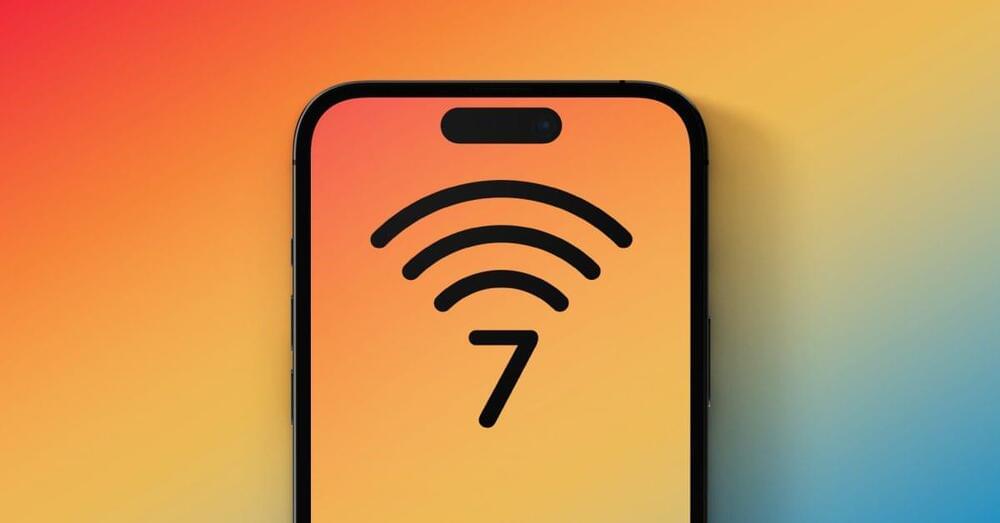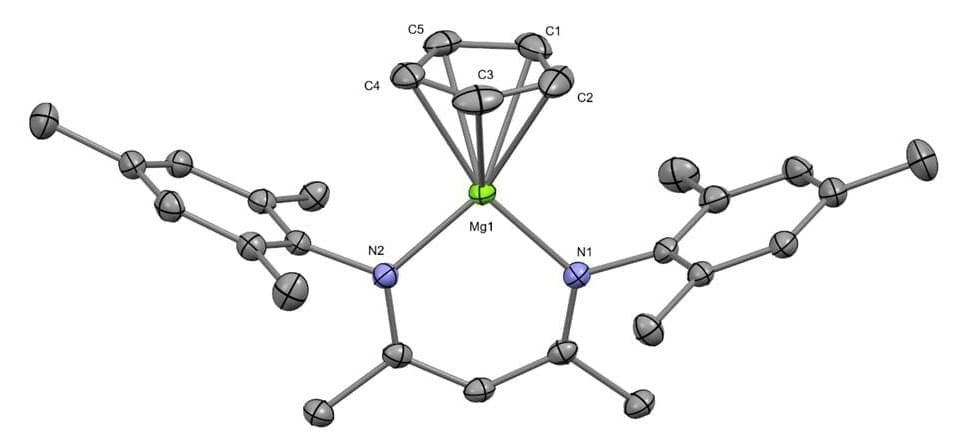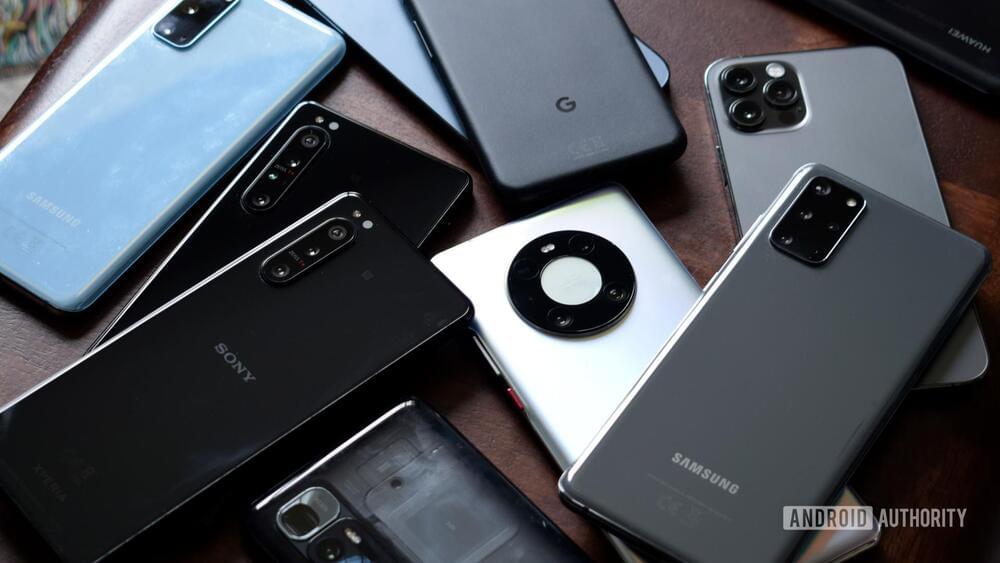I’ve covered quite a few thermal cameras over the years, some standalone units and others that are built into smartphones. For the average user, they offer a performance and sensitivity that’s more than adequate.
But sometimes you need something that goes beyond more than adequate.
This is where the Xinfrared T2S Plus comes into play.
The T2S Plus I’m testing is for Android smartphones, but there’s a separate version for iPhone that features a Lightning connector.
For precision work, you need precision tools, and this thermal camera gives you just that.
